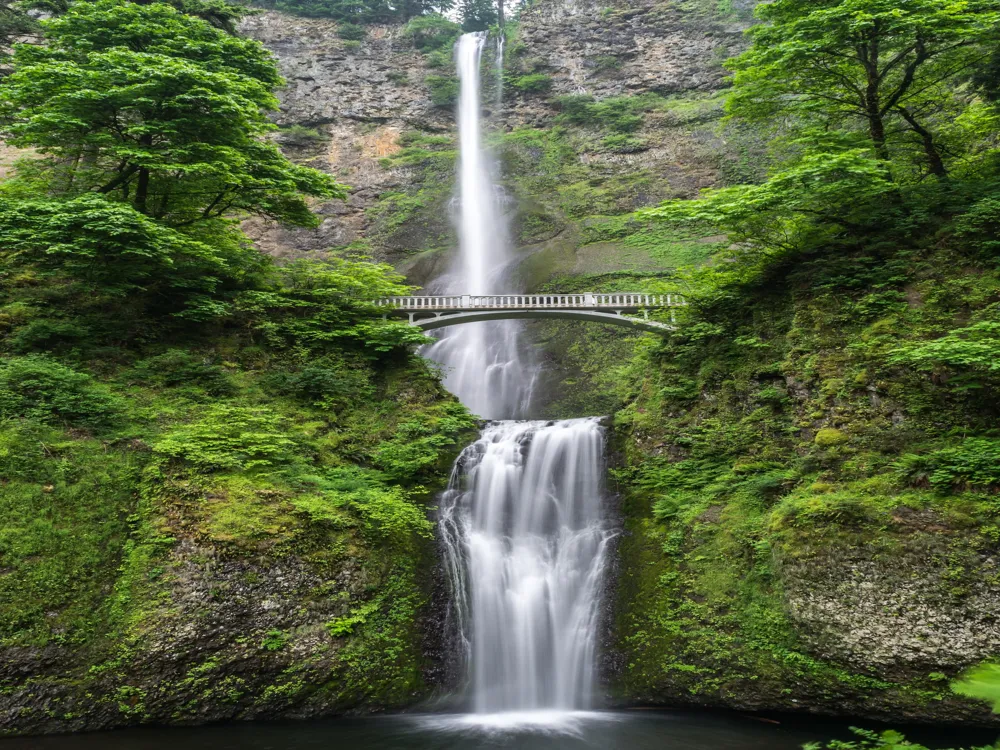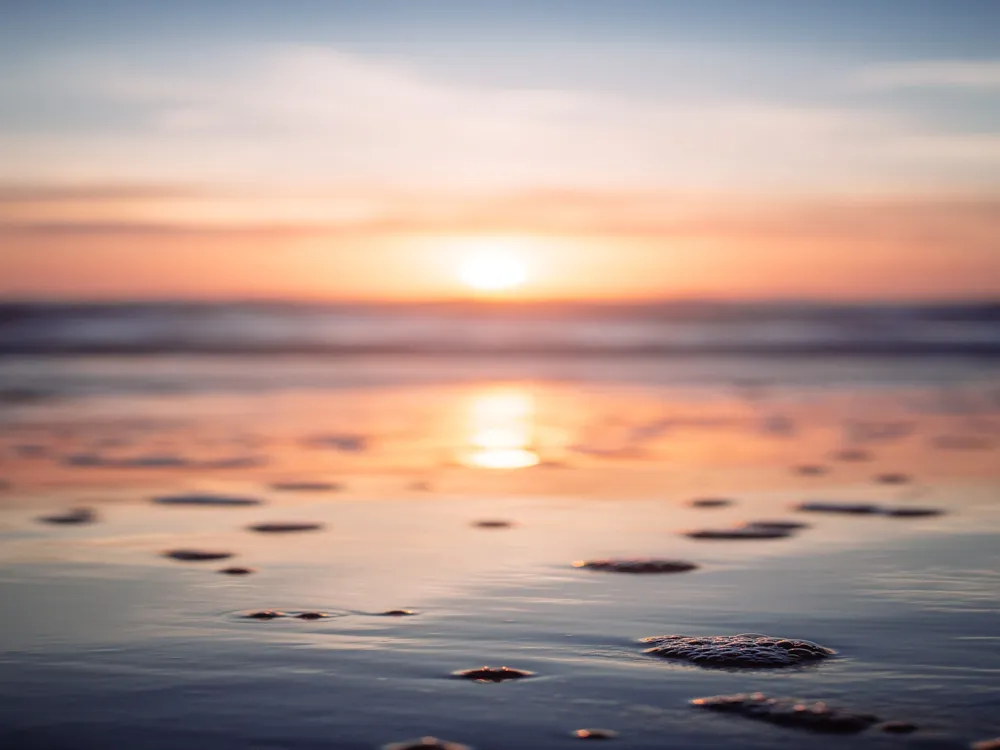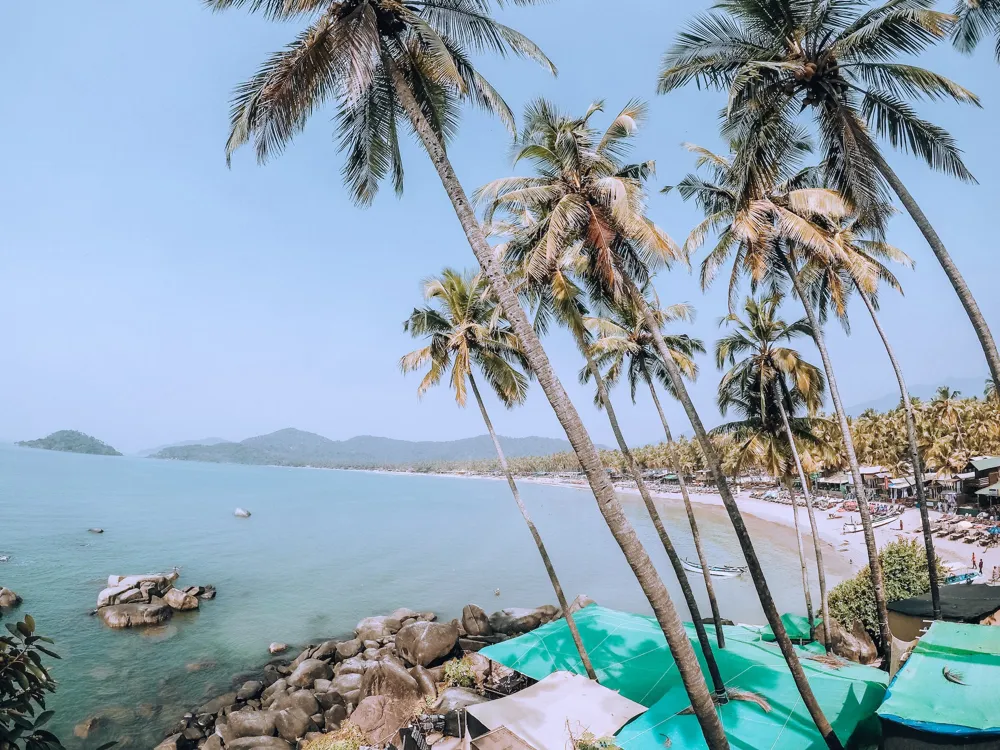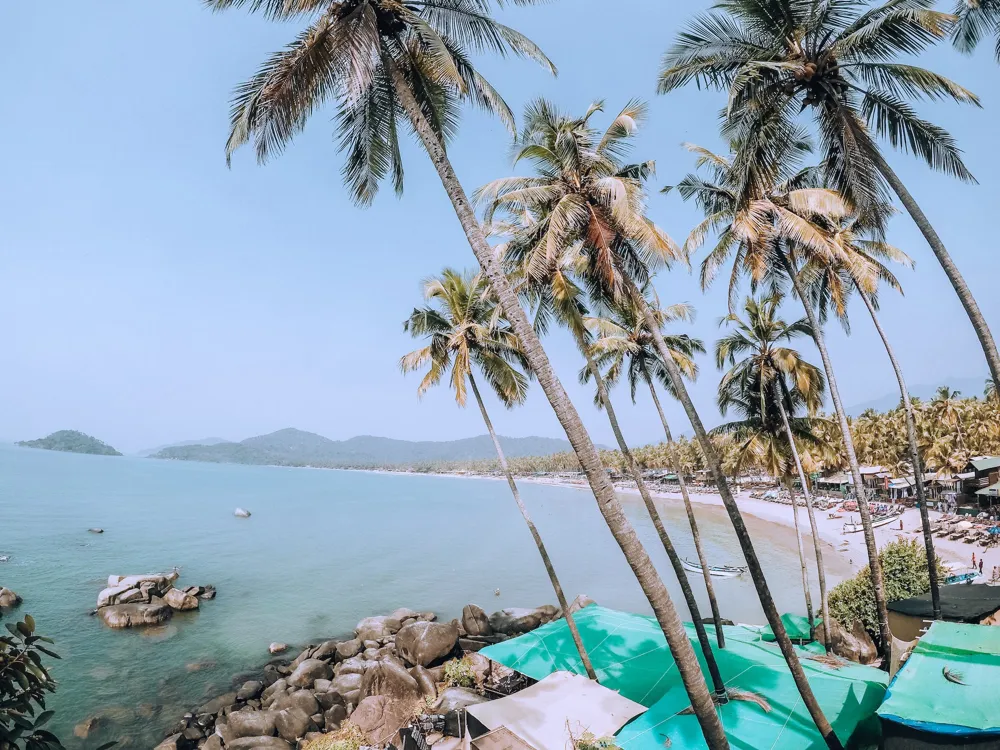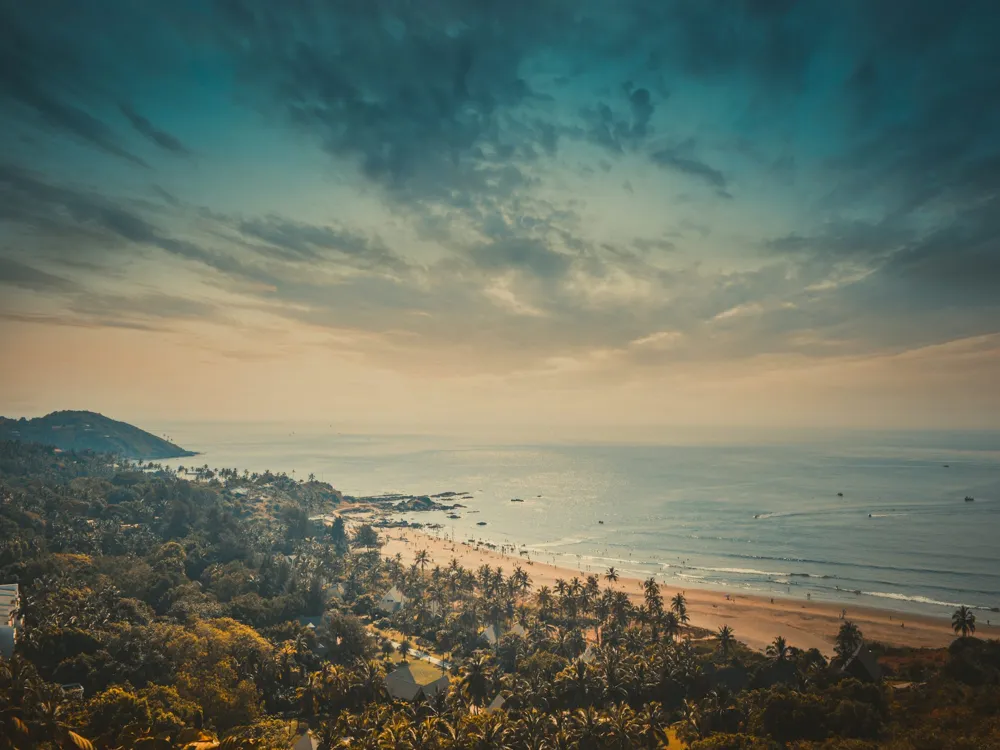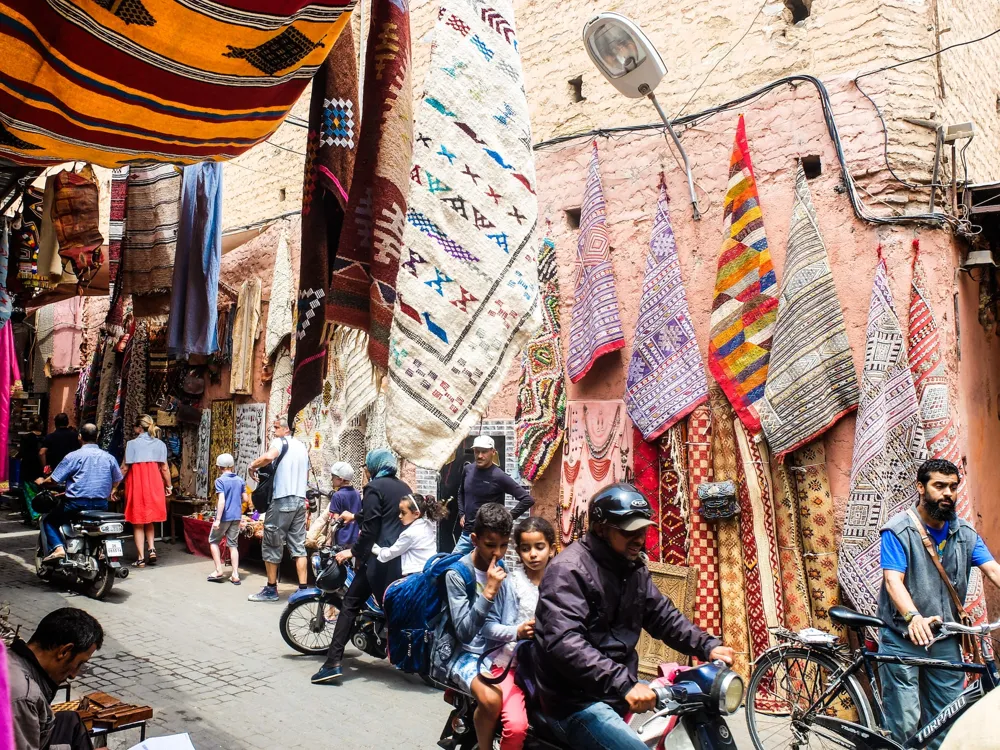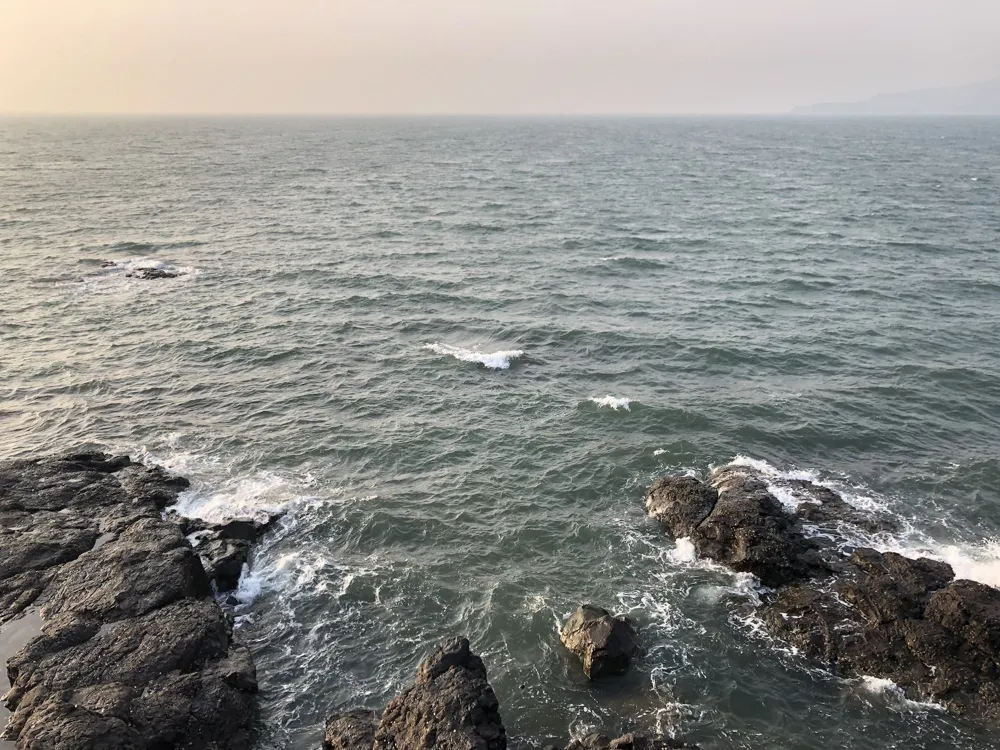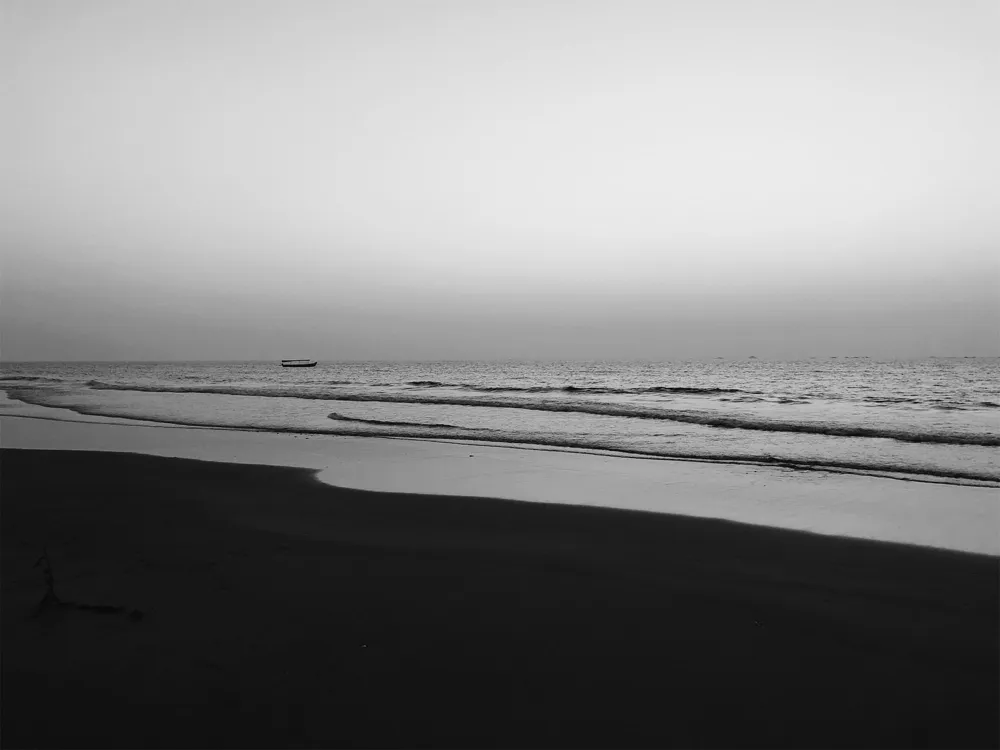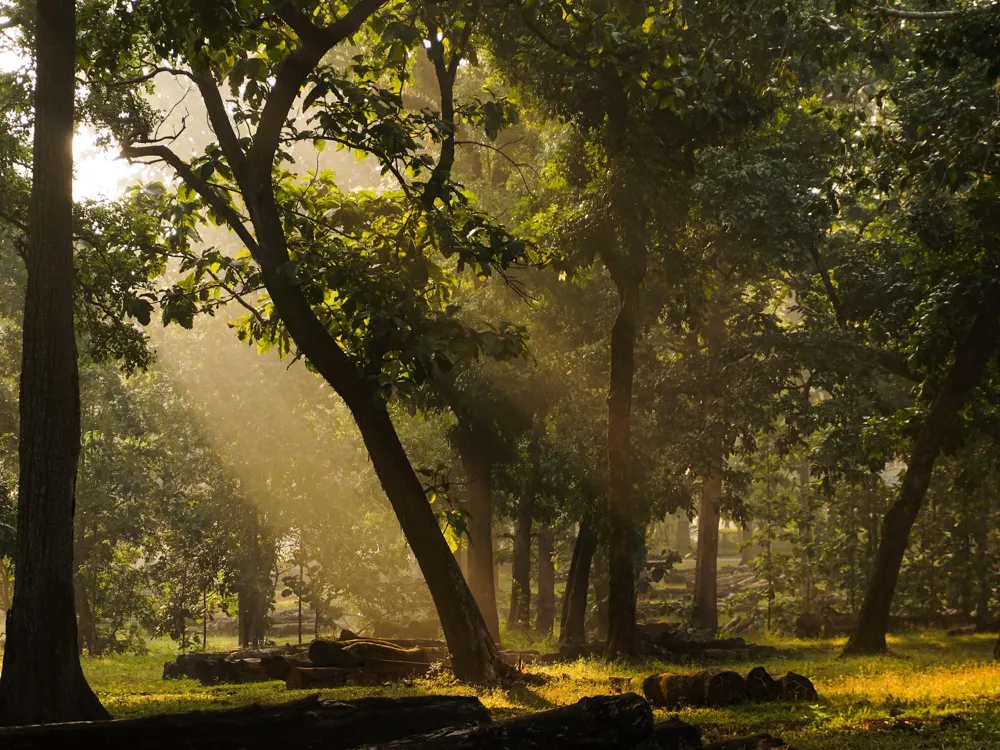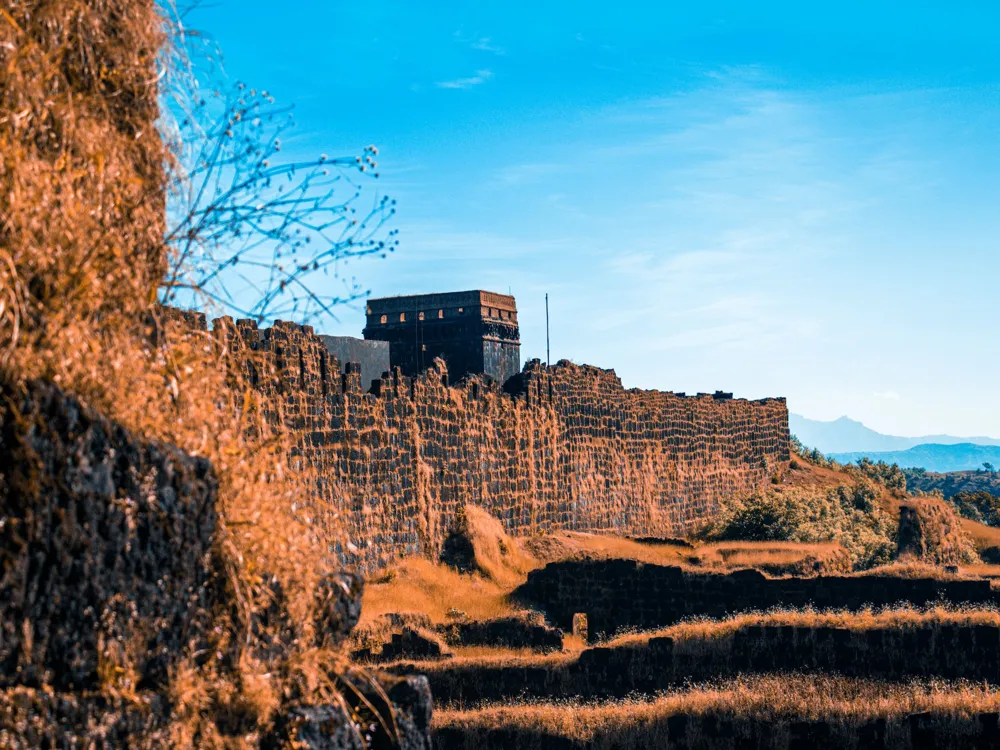Panaji, the capital of Goa, is a vibrant city that embodies the rich history and diverse culture of this coastal paradise. Known for its picturesque landscapes, Panaji, often referred to as Panjim, invites travelers to explore its charming streets, vibrant markets, and serene beaches. The city's unique blend of Portuguese and Indian influences is evident in its architecture, cuisine, and lifestyle. A walk through the Latin Quarter, Fontainhas, with its colorful Portuguese-style homes and narrow lanes, offers a glimpse into the city's colonial past. Panaji is not just a gateway to Goa's famous beaches but a destination in itself, with attractions like the Miramar Beach, the serene Our Lady of the Immaculate Conception Church, and the bustling Panjim Market.
Beyond its scenic beauty, Panaji is a hub of activity and entertainment. The city's vibrant nightlife, with its array of pubs and clubs, offers a stark contrast to the tranquil days spent on sun-soaked beaches. Food enthusiasts will find a haven in Panaji, where the local cuisine is a delightful fusion of Goan and Portuguese flavors, offering an array of seafood, spicy curries, and the famous Goan feni. The city also serves as the focal point for Goa's thriving arts and culture scene, hosting numerous festivals and events throughout the year, making it an ever-evolving tapestry of experiences.
Goa's architecture is a testament to its historical and cultural amalgamation, showcasing an enchanting mix of Portuguese and Indian influences. The architectural landscape of Goa is dominated by stunning churches, grand forts, and charming homes that reflect its colonial past. The Basilica of Bom Jesus, a UNESCO World Heritage Site, stands as a monumental example of Baroque architecture and houses the remains of St. Francis Xavier. Fort Aguada, overlooking the Arabian Sea, is a symbol of Portuguese military prowess and offers breathtaking views.
The Goan houses, painted in vibrant hues with intricate balcaos (balconies) and oyster shell windows, exhibit a unique blend of European and local architectural styles. These homes are not just structures but narrate stories of the Goan way of life, focusing on community living and harmony with nature. The use of local materials like laterite stone, the importance of open spaces, and the integration of ecological principles in traditional Goan architecture make it distinctive and sustainable.
The ideal time to visit Goa is from November to February when the weather is pleasant, making it perfect for beach outings and exploration. This period also coincides with Goa's vibrant festival season, including the famous Carnival and Sunburn Festival.
Getting around in Goa is convenient with multiple transport options like rented bikes, scooters, taxis, and buses. Renting a two-wheeler is a popular choice among tourists for its flexibility and ease of navigating through narrow lanes.
Respect local customs and traditions. Dress modestly when visiting religious sites and always ask for permission before taking photographs of locals or private property.
Goa is generally safe, but it's advisable to take standard safety precautions like avoiding isolated areas at night and keeping an eye on personal belongings in crowded places.
Goa is well-connected and can be reached via air, road, and rail. The Goa International Airport in Dabolim is serviced by domestic and international flights. For those preferring to travel by train, Goa has several railway stations with extensive connectivity. Road trips to Goa are popular, with well-maintained highways and scenic routes.
Overview of Panaji, Goa
Architecture of Goa
Tips When Visiting Goa
Best Time to Visit
Local Transport
Cultural Etiquette
Safety Tips
How To Reach Goa
Chapel of St Catherine
Panaji
Goa
NaN onwards
View goa Packages
Weather :
Tags : Church & Cathedral
Built in : 1510
Timings : 06:00 AM - 06:00 PM
Location : 100m to the west of the Church of St Francis of Assisi
Planning a Trip? Ask Your Question
Goa Travel Packages
View All Packages For Goa
Top Hotel Collections for Goa

Private Pool

Luxury Hotels

5-Star Hotels

Pet Friendly
Top Hotels Near Goa
Other Top Ranking Places In Goa
View All Places To Visit In goa
View goa Packages
Weather :
Tags : Church & Cathedral
Built in : 1510
Timings : 06:00 AM - 06:00 PM
Location : 100m to the west of the Church of St Francis of Assisi
Planning a Trip? Ask Your Question
Goa Travel Packages
View All Packages For Goa
Top Hotel Collections for Goa

Private Pool

Luxury Hotels

5-Star Hotels

Pet Friendly







